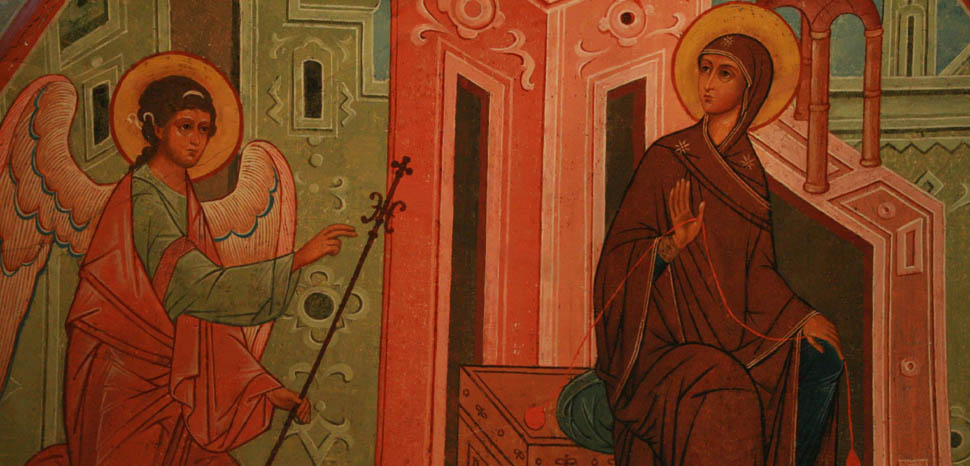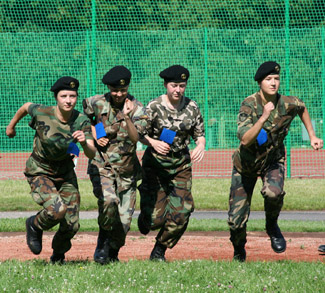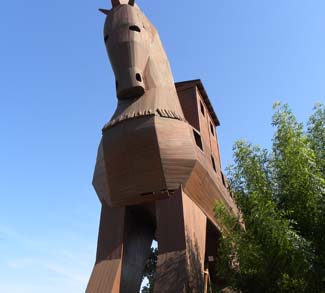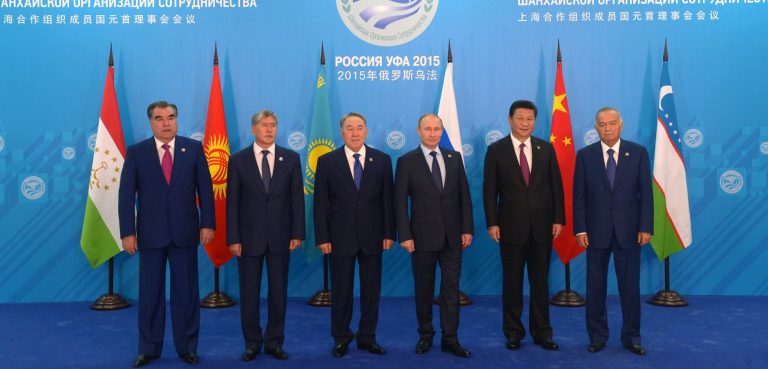The global leadership of the Orthodox Church, Ecumenical Patriarchate of Constantinople, recognized the independence of the Ukrainian Orthodox Church within the Orthodox religion and, more importantly, from the Russian Orthodox Church. This decision triggered an immediate backlash from the leadership of the Russian Orthodox Church, which subsequently cut ties with the Orthodox leadership in Constantinople, and compared Constantinople’s decision to the “Great Schism of 1054 that split western and eastern Christianity.” Although the management structure of the Orthodox Church may seem trivial, it is the latest in a series of escalating cultural clashes between Kyiv and Moscow.
Undeniably, ecclesiastical independence from the Russian Orthodox has long been a political goal of Ukraine — especially since the Russian annexation of the Crimean Peninsula in 2014. It has heightened geopolitical tensions and is fueling nationalistic sentiments during a critical period in Ukrainian politics—as the country has parliamentary elections early next year. Accordingly, US policymakers should be wary of the intensifying cultural friction between Russia and Ukraine as the two countries remain in a long-simmering military conflict.
As clerical expert Sergey Chapnin notes, the Ukrainian church has long sought independence as it has second largest population of Orthodox Christians in the world—behind Russia. However, unlike many other major Orthodox countries, its church has remained subservient to the Moscow based leadership within the church’s hierarchy. This is despite their mutual historical and religious ties, and that Kyiv is considered the founding place of the Christianity in Russia. Since the fall of the Soviet Union, Ukraine’s religious leadership has pushed for autonomous status, but always lacked the political will to achieve this goal.
Nonetheless, the ongoing conflict between Russia and Ukraine has pushed the Ukrainian government to sever cultural ties with Russia. For instance, the current government in Ukraine has begun removing historical monuments to the Soviet Union that are perceived as reminders to when Kyiv was ruled from Moscow, and, more controversial, has passed laws that favor the teaching of the Ukrainian language over other languages, most notably, Russian in schools. Although these policies have alienated minority groups in Ukraine and angered its neighbors, they have nonetheless served as significant political rallying cries for the majority of Ukrainians against Russian aggression.
Accordingly, the Ukrainian Orthodox Church’s goal of gaining autocephaly from Russia has become the next issue in the culture war between Kyiv and Moscow. More importantly, the armed conflict in Eastern Ukraine has highlighted the political dimensions of this religious issue. Even the religious nature of the burial rites for soldiers who have died in this conflict highlights the fraught political nature of this issue and makes Russia’s control over the church an untenable situation. As Chapin details, “people of the same faith—members of the same Russian Orthodox church—are killing each other in an armed conflict,” and as a result, Ukrainian priests began omitting references to the Moscow patriarchy during services. Indeed, there is little doubt that the conflict has delegitimized the Russian church amongst the population of Ukraine, because the church leadership in Moscow did not denounce Russian political actions that have contributed to the bloodshed in Eastern Ukraine.
Unsurprisingly, the current President of Ukraine, Petro Poroshenko, who is facing tough prospects for re-election in 2019, has made this a central goal of his administration. For Poroshenko, the church gaining autonomy from Russia could be cast as a matter of sovereignty for Ukraine, and he has portrayed himself as a crusader for Ukraine’s freedom from Russia. When Ukraine was granted autocephaly he said: “God has seen the Ukrainian people’s struggle for independence.”
Poroshenko and other presidential candidates have been stoking Ukrainian nationalism to increase their popularity come election time. And while supporting the Ukrainian Orthodox churches’ independence is relatively low risk, there are other politically popular nationalistic issues that, if acted upon, could have dire consequences for Ukraine. Some candidates, including career politician and current frontrunner, Yulia Tymoshenko, have campaigned on escalating the war in Eastern Ukraine. By praising the military, Tymoshenko is raising her political profile with a nationalistic overtone in order to demonize Russia. While others, including the Poroshenko administration, have not condemned nor curtailed the increasing political power of violent far-right nationalistic groups.
US policymakers should recognize the cultural war generated by Ukraine’s struggle for autonomous status in the Orthodox church as a trend toward increasingly dangerous nationalistic politics in Ukraine. Indeed, the nationalistic political pressure of the election could escalate tensions with Russia to the point that significant military conflict could return to eastern Ukraine—a conflict that the US has invested considerable political pressure into resolving. Especially given that earlier this year the United States’ agreed to sell lethal weapons to Ukraine and has recently conducted military exercises with the Ukrainian Armed Forces. Renewed conflict would also damage Ukraine’s fragile economy, which has only just started to recover from the previous crisis at the beginning of the war.
The opinions, beliefs, and viewpoints expressed by the authors are theirs alone and don’t reflect the official position of Geopoliticalmonitor.com or any other institution.




